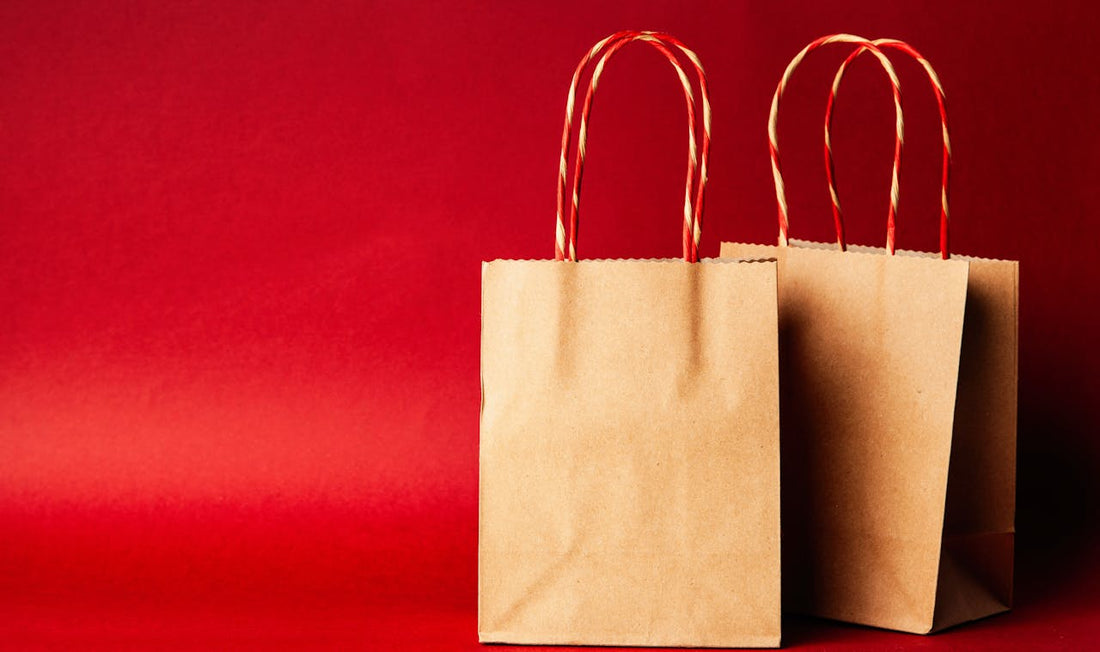
Types of Packaging in 2025: From Basic to Advanced
One can't transport eggs from a poultry homestead to the retailer without packing them in an egg plate as they would break even before reaching the final consumer. Likewise, a white shirt could get stains if transported and sold without packaging, and a retailer probably wouldn't have the option to sell perishable milk products following a day if there were no types of packaging.
The paper, creased boxes, plastic movies, polybags, rollbags, etc., that encase a product have significantly more worth than a customer can imagine.
But what is packaging, why is it significant, and what are the different types of packaging and their functions?
What Is Packaging?
Packaging is the demonstration of enclosing or protecting the product using a container to help its distribution, identification, storage, promotion, and use.
In straightforward terms, packaging alludes to designing and developing the wrapping material or container around a product that serves to
- Recognize and differentiate the product in the market,
- Transport and distribute the product,
- Store the product,
- Advance the product,
- Use the product appropriately.
The Benefit of Packaging
@theerinmarie's video wasn't a one-off either. With the omnipresence of TikTok and YouTube, unboxing recordings and catches of retail shopping encounters are moving from solidarity to strength.
Take @marc.unbox, an influencer who has devoted his channel to "buying and unboxing the least expensive items from extravagance brands," according to his TikTok bio. With north of 200,000 followers and millions of preferences, Marc's channel shows an appetite for premium packaging encounters. The examination backs this up, too.
In one published study, specialists uncovered that appealing types of packaging animate the award-seeking portions of our brain, which are associated with motivation purchasing. This implies that beautiful packaging plans — and the well-created encounters that go along with them — can straightforwardly increase your deals.
Types of Packaging
Having discussed packaging, let’s now come to its types.
Primary packaging
Primary packaging is the packaging that is in direct contact with the usable or consumable product you're selling.
This type of packaging is additionally alluded to as deals or consumption packaging.
Its task is to keep the product in ideal condition from the second it's placed in there, right until it's removed.
It's used to identify the product, impart regulations for use, expiry dates, and period of usability, keep the product in a protected position and often use the minimal measure of packaging possible.
It means quite a bit to take note that a few brands might have more than one primary packaging solution, depending on their business model.
A few instances of primary packaging are:
- Laminated pockets for dry organic products
- Plastic containers for organic products
- Tin jars for soft drinks
- Laminated tubes for magnificence products
- Composite jars for chips
Secondary Packaging
The secondary type of packaging forms the second packaging layer that the customers don't generally see. Its main use is to gather and keep intact individual units of the product to convey enormous amounts of that product to the point of offer.
It gathers more modest product units into a single pack and helps in inventory management (grouping and identification) before the product is showcased to the customer.
A few instances of secondary packaging are:
- Plastic ring that holds soft drink jars together, and
- Cardboard box containing numerous individual boxes of oats, etc.
Tertiary Packaging
Tertiary packaging does likewise to secondary packaging as secondary packaging does to primary packaging.
Tertiary packaging empowers more secondary packaging to be taken care of and moved on mass and at scale. The function of tertiary packaging is much the same as that of secondary packaging, but rather right at scale.
Tertiary packaging has to remain stable while ensuring that minimal space is used to store goods and shield the products from the environment.
It should likewise have the option to use the capacities of machinery, similar to pallet jacks, forklifts, etc.
A few instances of tertiary packaging are:
- Wooden pallets used in cargo shipping
- A stretch-wrapped pallet containing an enormous amount of secondary packaged goods.
Why Understanding the Difference is Important
Packaging is a basic piece of your business, regardless of what type of packaging is in question.
Knowing the difference between primary and secondary types of packaging implies you understand what packaging solutions to search for.
Your packaging technique is based on the gig you want your packaging to do and the packaging solutions you choose to carry out.
A glass bottle is a crummy packaging solution for a shirt; similarly, it's anything but a fantastic secondary packaging solution for wine.
Your packaging explains and suggests a ton about your worth needs, values, and what you think of your product.
It plays a fundamental part in communicating your image's qualities to a customer.
While these messages don't have to be imparted on every one of the three forms of packaging, there must be visual consistency and coherency between them all.
Types of Packaging: Conclusion
We're nearly at the finishing line! Having read this aide, we trust your mind is brimming with creative ideas of the types of endlessly packaging materials to use and how to add a stamp of personalization. However, we likewise value that the universe of packaging can be a little overpowering.
Because there are countless different types and options out there, there's no such thing as a wrong or ideal decision. However, one thing's for certain. There is one that will be best for your business' all needs and goals. Yes, we’re talking about Jet Paper Bags!
Read Also:

